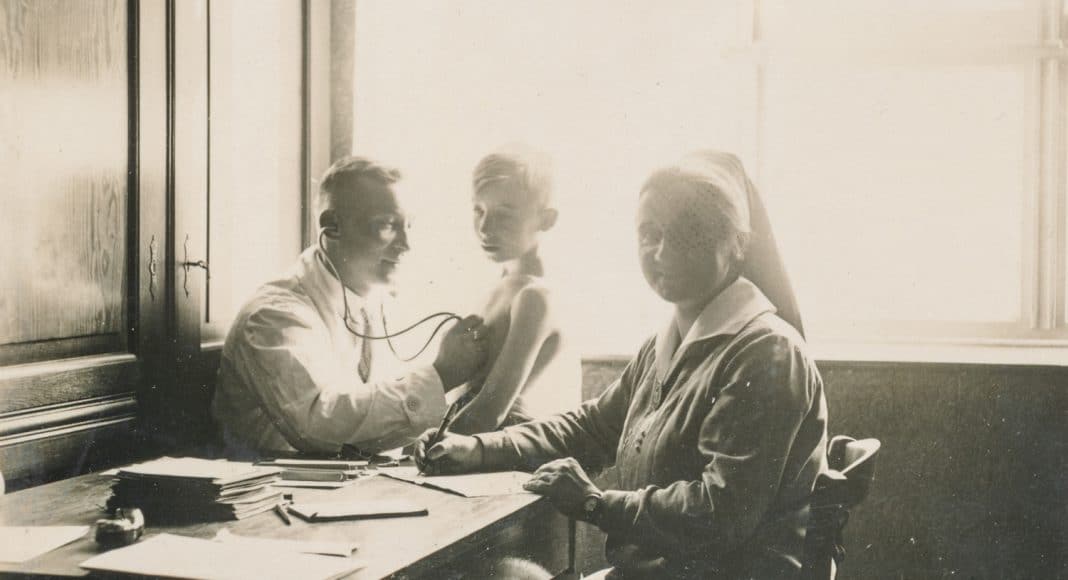Addiction, overdose, constipation, The Fear. We all know the dangers of opioids, and yet for two centuries opium-derived drugs have been an indispensable part of the pharmacopoeia. But smoked cannabis has not.
One reason for this disparity: You can’t inject pot.
-
Related Story: Little-Known Health Effects Of Medical Marijuana
The cannabinoids are not water soluble, which means they’d clump up in a hypo or an intravenous drip. In fact, the chemistry of THC, marijuana’s major active ingredient, is so vexing that scientists didn’t even realize what it was until the mid-1960s.
Victorian doctors did have a variety of cannabis extracts and tinctures to avail themselves of, but, since the manufacturers didn’t know what they were supposedly extracting, the potency of these medications was wildly unpredictable. It was partially frustration over this that made them give up on the drug.
Today there is no shortage of delivery methods for cannabis: you can swallow it, spray it on your tonsils, rub it into you skin, or put it up your butt. (Only the first two are medically approved anywhere.) But the normative technique still is to smoke it. Smoking weed is actually an effective means of medicating: Its effect is almost instantaneous, and experienced smokers can monitor themselves (i.e. gauge their high) with uncanny accuracy. Already 15 percent of chronic pain patients smoke their cannabis medicine.
Doctors as a whole, however, do not like the idea of smoked medication—and this has nothing to do with their being in the pocket of Big Pharma, so put aside your conspiracy theories. Smoking per se—whether it’s marijuana, tobacco, or anything else—is simply not good for you. So there’s the whole “First do no harm,” ethical dimension to consider. Furthermore, the amount of THC, CBD, and other cannabinoids in cultivated marijuana can vary enormously, so, from the doctor’s perspective, dosing accurately is almost as hopeless as it was for their Victorian predecessors. One researcher has likened visiting a cannabis dispensary to “going to a flea market for an antibiotic.” And that’s from someone who supports medical marijuana.
Nevertheless, researches have recently been bowing to the weight of custom. A comprehensive review of cannabis studies released by the Journal of the American Medical Association in 2015 found four studies that included smoked marijuana that met their standards for inclusion—although the paper did not specifically address the efficacy of smoking. All were done within the last 8 years. Nevertheless the amount of research on the medical benefits of smoking are dwarfed by decades of work focused on the harm.
At least one study in the JAMA review included vaping, which supporters claim is a safer alternative to smoking. Detractors point out, however, that vaping still produces unacceptable side effects, not the least of which is chronic fedora manifestation around the brow and cranial region.


